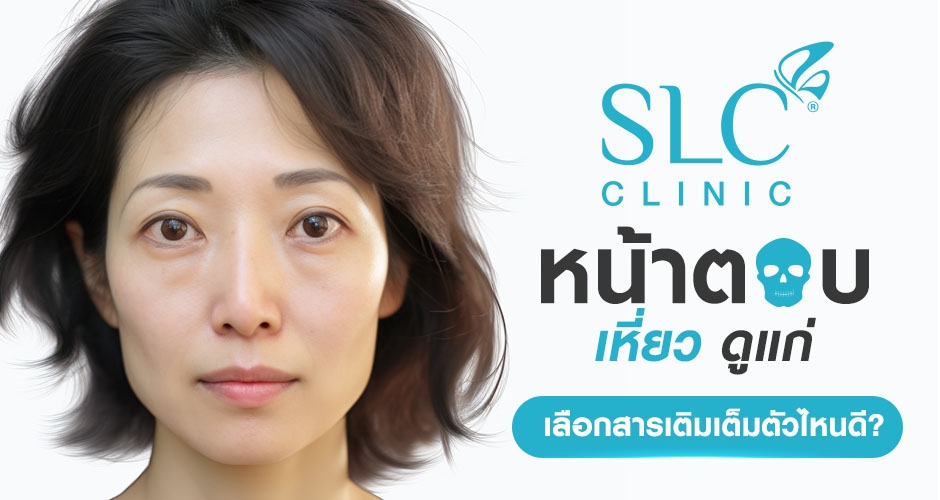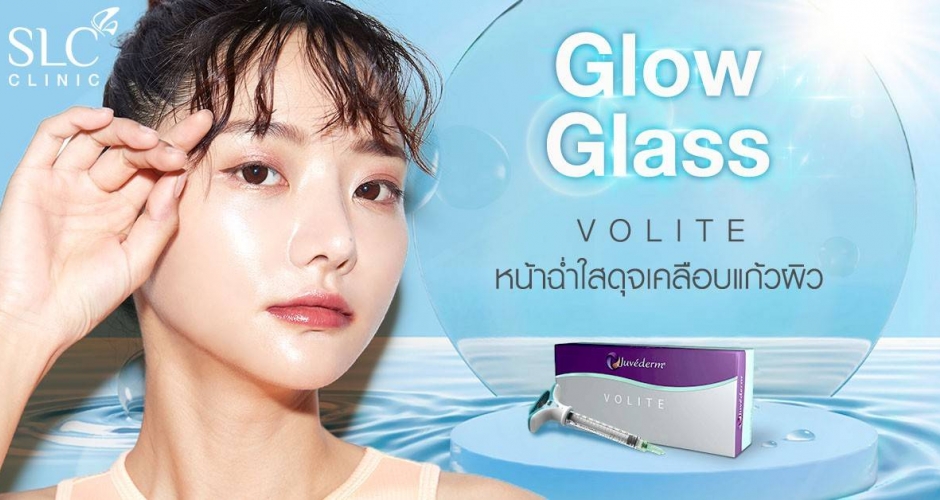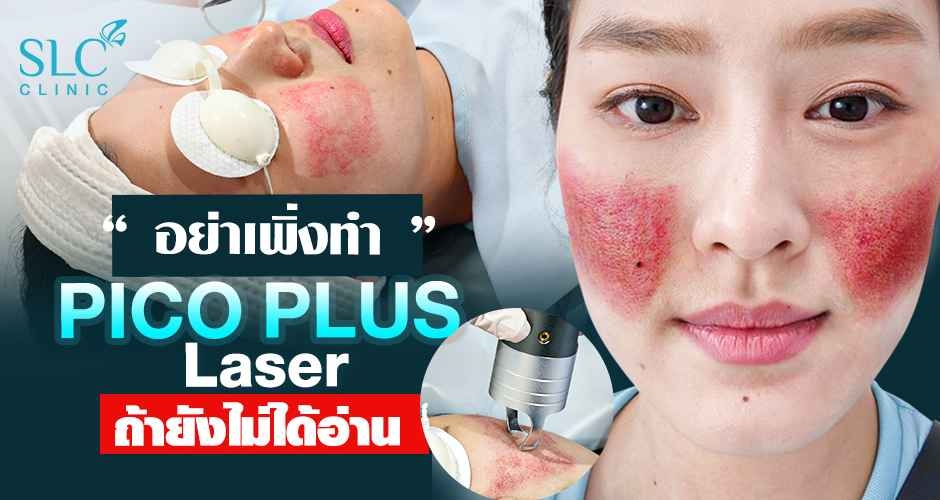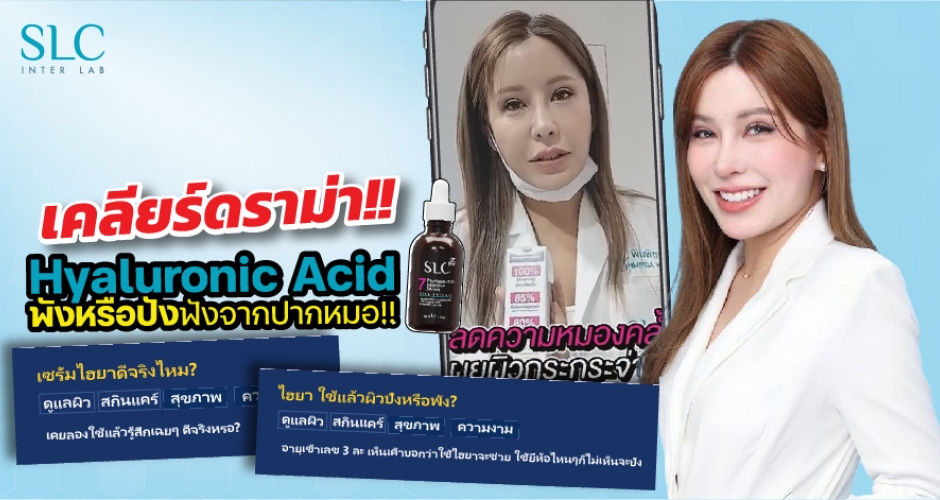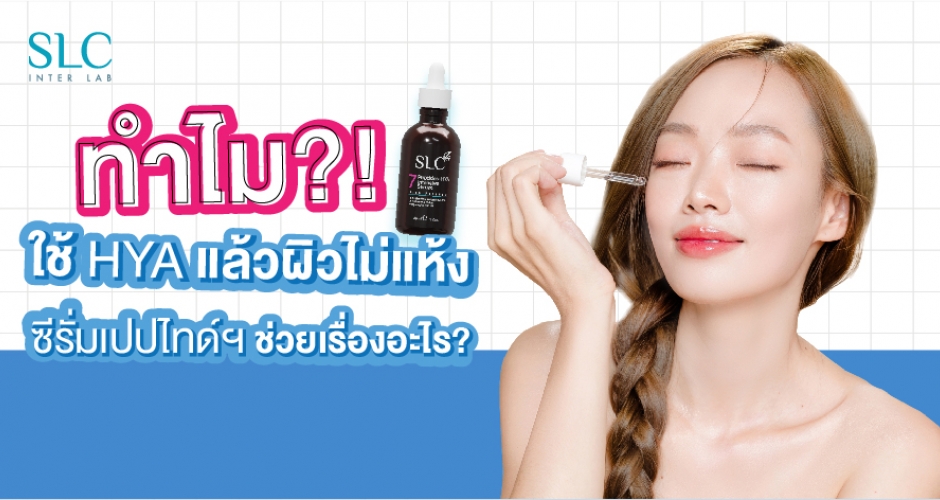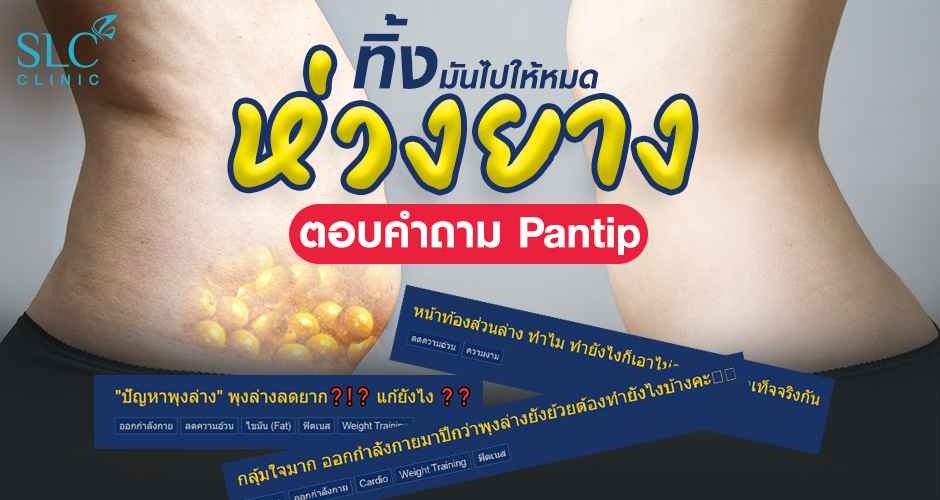“Rhinoplasty surgery” is a top plastic surgery nowadays, since a nose surgery is a dramatic procedure that can enhance the whole facial profile immediately. However, there are several complications after having a Rhinoplasty and these conditions should not be ignored.
Most common problems after having Rhinoplasty surgery
A crooked nose or uneven nose is the most common condition after nose surgery, and this condition can be obviously realized by patients, just by noticing the position of the nasal bridge between the eyebrows and the corner of the eye near the nose, where the base of the nasal bridge is supposed to be in the middle of the eyebrows. A crooked nose is recognized as a complication after having had Rhinoplasty surgery with a silicone implant. There are 3 types of a crooked nose, as follows:
1. The nasal bridge base between the eyebrows is slanted to the right or to the left.
2. The nasal tip is crooked, while the nasal base is normal.
3. The entire nasal bridge implant is slanted. This condition can be obviously noticed.
Crooked nose types
.jpg)
● Nasal bridge base is slanted
● Nasal tip is crooked
● Entire nasal bridge is slanted
Crooked nasal implants reasons
1. The nasal bridge base of an original nose is already crooked, which makes the silicone implant slanted.
2. The original nasal bridge is hump shaped, which can cause a migrated and slanted silicone implant.
3. A too long silicone implant was placed by a surgeon to a patient, which can cause a crooked or protruded nasal condition.
4. Asymmetry of the nasal cavity left and right sides (sinus), which provides an unequal nasal slope and leads to a crooked nose.
The nose tip is too sharp (too pointy)
The nose tip is too sharp or the silicone implant is nearly protruding out with a concerning look!! These are serious conditions that affect confidence after having Rhinoplasty surgery. In case of a silicone implant nearly projecting out, it occurs only with a nasal tip zone with a nearly noticeable silicone implant.
The nasal tip is too sharp
Might cause the silicone implant to protrude out at the nasal tip
.jpg)
The nasal tip being too sharp might cause the silicone implant to protrude out at the nasal tip
1. A Rhinoplasty surgery carried out by a low skilled or inexperienced surgeon to carve out the silicone implant, and prepare too hard or too prominent silicone not suited with the previous nasal shape of the patient.
2. Patients not following post-operative care instructions, such as lack of sleep, touching treatment area often, not keeping the nasal implant clean, etc.
3. Patients design a nasal shape with the ideal shape the way that they desire, such as a tear drop shape without being concerning about the implant materials. In this case, a surgeon usually recommends using the patient’s autogenous ear cartilage graft more than silicone, since it is safe and can bring natural looks.
Silicone implant migration or becoming displaced
.jpg)
Silicone implants become displaced
Patients can notice migrated or displaced Silicone implants by themselves by feeling how the silicone can be shifted up and down, or left and right, and how the implant can be over projected if it is ignored for a long period. Immediate medical consultation is required if you suffer from these conditions.
All patients with Rhinoplasty surgery have a risk of this concern. There are various symptoms of Rhinoplasty infection such as redness, swelling, pain, drainage, and/or fever pus in the treatment area. Bruising and swelling usually subside in 4-5 days and in some cases there is fortunately no swelling. Therefore, cases with prolonged swelling of more than one week are uncommon, and they require concern about infection.
Rhinoplasty infection
.jpg)
Nasal implant infection causes
1. Having prohibited food after Rhinoplasty surgery, such as fermented food.
2. Treatment areas being often contacted, including touching, scratching, feeling, etc. which cause inflammation and finally infection.
3. The implanted nose gets a concussion from excessive sneezing and coughing, which can cause nasal inflammation.
Broken nose!! Must be repaired

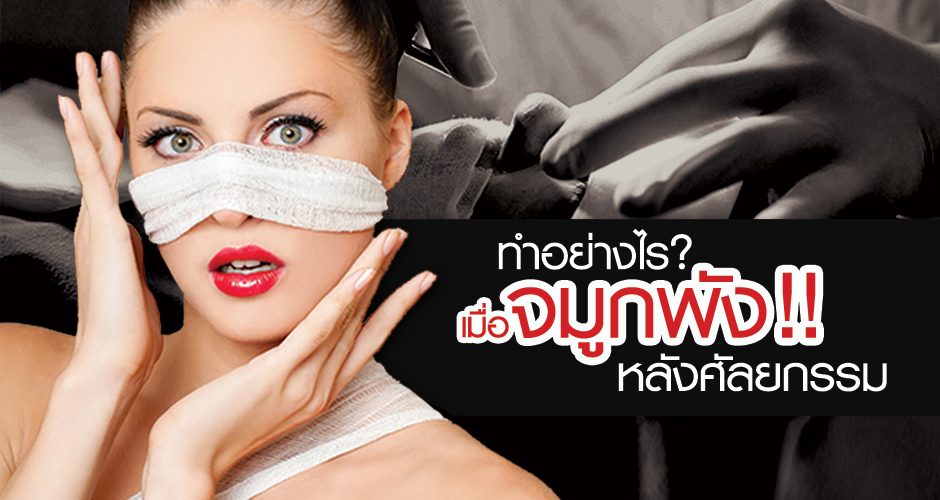
.jpg)
.jpg)



